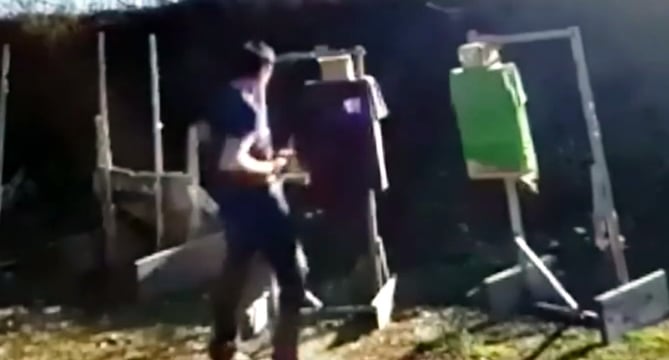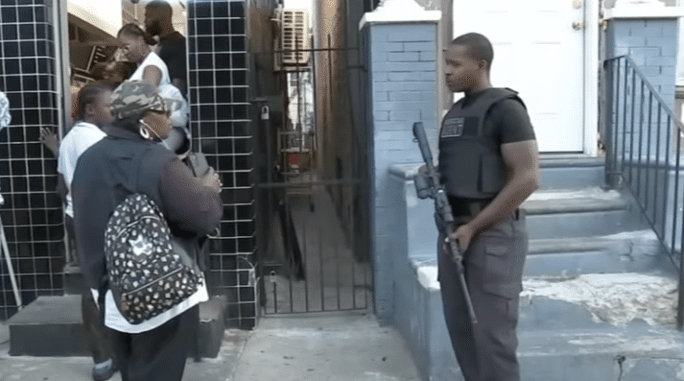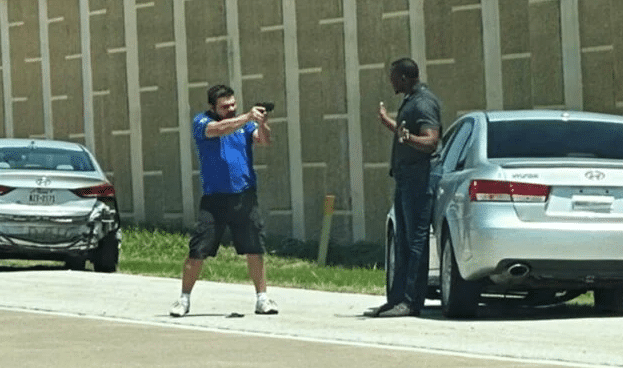In this video, we see somebody who definitely has close range response down for concealed carry. It’s great to see stuff like this but if we’re perfectly honest — do we ever need to be at that level?
In general, the first priority in concealed carry is simply doing it safely. Safety is reinforced or destroyed through habits but before we can get to either — we have to hone it.
- Holster with a trigger guard
- Practicing drawing from that holster during live-fire and non-live-fire drills
- Practice non-linear conflict (the target isn’t always in front of you or under ideal conditions)
- Using a non-manual safety on your handgun
Most of these skills really need to be practiced at an outdoor range but some indoor ranges can be pretty forgiving. That may be annoying or impossible for some concealed carriers — just try to honestly make do with what’s legally available to you but always prioritize a training environment where you can practice real-life skills versus marksmanship.
Speed comes with proficiency (or foolishness).
Don’t force speed — force good habits first and reinforce those good habits by practicing them. Practice and proficiency makes repetition of an action faster by the very nature of having it in “muscle memory”. That’s also why we so heavily stress reinforcing good form over speed. Prioritizing speed without form results in risks to yourself and others.
Nearly almost every single person has the capacity to become extremely proficient and fast with a handgun. For short distance interactions (less than 20 feet), speed is imperative. Practicing at less than five feet means you can nearly guarantee the majority of shots will be on target. Safety, however, should not be discarded in the training and practice. Understand the natural movement of your body as you draw your handgun from its holster and it naturally slides the muzzle onto target before assuming you will be an automatic ace.
Responsive shooting should include speed drills.
If you feel safe and confident in your draw and fire technique, definitely push to speed drills. It’s good for you to know that you can react in an appropriate amount of time and put rounds on target at close distance.













![[VIDEO] Bar Patron In TX Now Wanted On Felony Charges For Ignoring State Carry Law After He Shoots And Kills 2 Of 4 Armed Robbers](https://imagedelivery.net/sbm_lYeJbALkepJgtmRD5w/concealednation.org/2014/10/ScreenHunter_87-Oct.-05-19.56.jpg/w=728,h=381)
